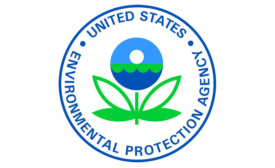News
1 in 5 teens, 1 in 4 young adults have prediabetes
Prediabetes: An emerging health threat can lead to type 2 diabetes
December 9, 2019
Nearly a fourth of U.S. middle, high school students use tobacco products
"This report is further evidence that the tobacco industry is succeeding in addicting a new generation to nicotine."
December 6, 2019
To the life raft!
Captain ignores forecast, fishing vessel goes down in gale force winds
December 5, 2019
Never miss the latest news and trends driving the safety industry
eNewsletter | Website | eMagazine
JOIN TODAYCopyright ©2024. All Rights Reserved BNP Media.
Design, CMS, Hosting & Web Development :: ePublishing









